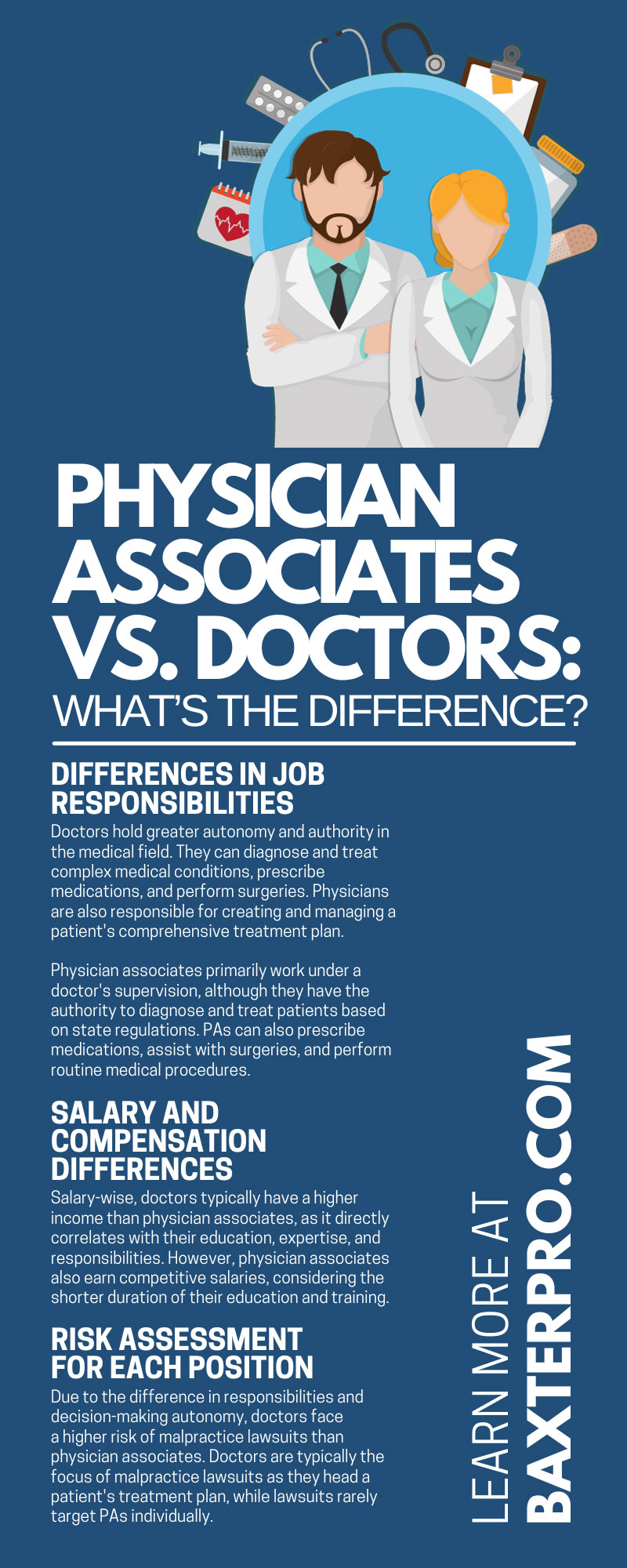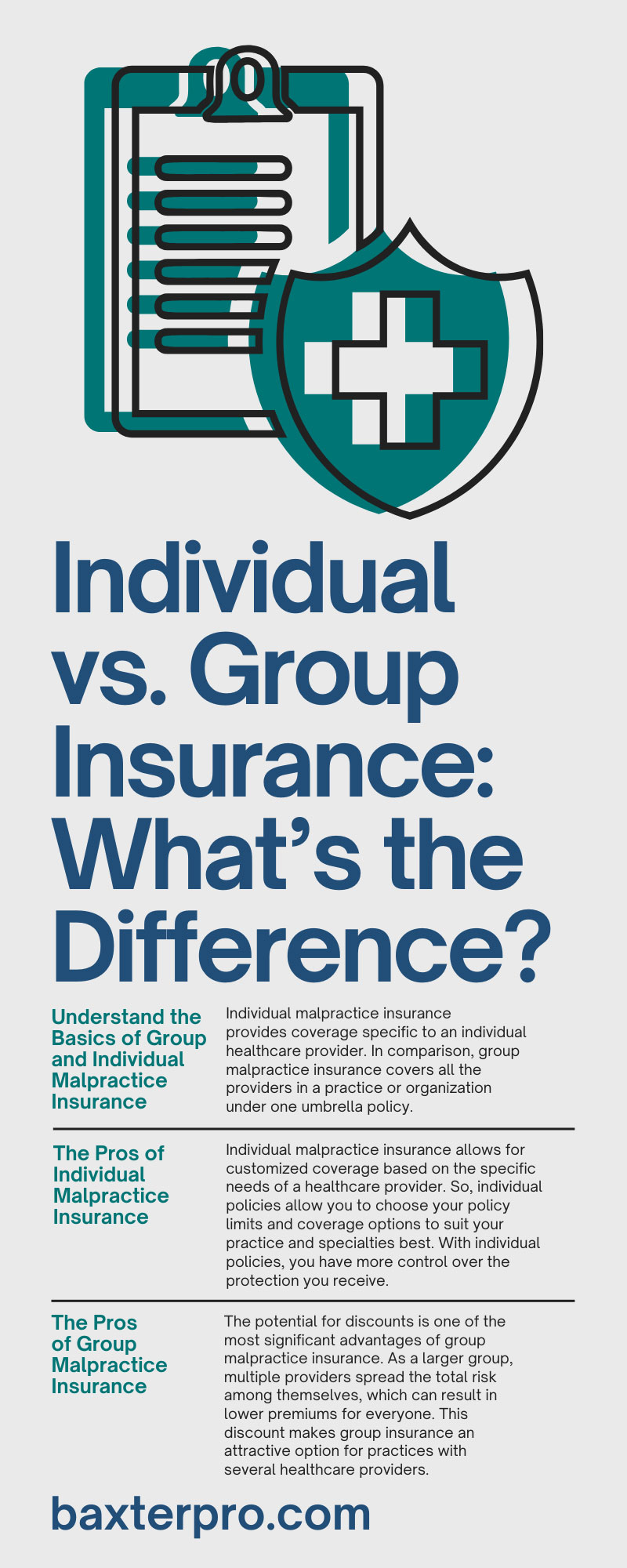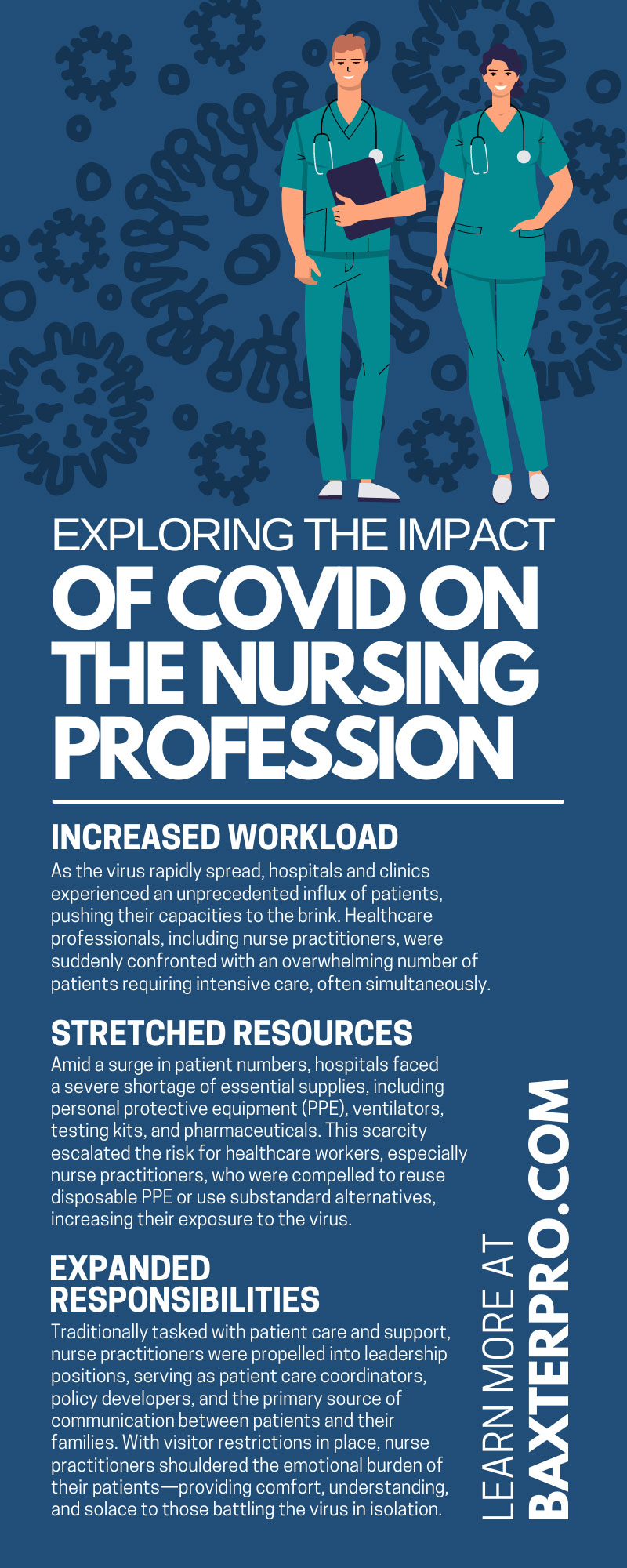Medical spas blend beauty services with advanced medical treatments and are often lucrative and rewarding businesses. However, like any business that provides healthcare services, there are unique legal considerations for running a med spa. Owners must carefully navigate these requirements to ensure compliance, protect clients, and preserve their reputation.
Licensing and Credentialing
A med spa must adhere to stringent licensing and credentialing regulations. It’s essential for all practitioners to have the appropriate licenses for the procedures they perform. Regulations vary by state, and in many jurisdictions, licensed healthcare professionals can only perform certain aesthetic procedures under proper supervision.
Owners must ensure that healthcare professionals have the appropriate medical credentials and remain compliant with state laws. Neglecting licensing requirements can result in significant fines, the suspension of operations, or lawsuits.
Scope of Practice
Understanding and respecting the scope of practice for each team member is crucial. Medical spa owners must understand what services each practitioner can legally perform based on their training and credentials. For example, certain injectables or laser treatments may require oversight from a licensed healthcare professional, while others might not.
Clear documentation of job roles and ongoing training ensures that all staff operate within their legal boundaries. Missteps in scope of practice can lead to serious liability and regulatory penalties.
Medical Malpractice Insurance
Medical malpractice insurance is a cornerstone of risk management for any med spa. This type of coverage protects owners and practitioners from legal claims arising from adverse outcomes during treatments. A comprehensive policy should cover the entire team, including healthcare professionals, aestheticians, and administrative staff.
Owners must evaluate their policy to ensure it addresses all offered services, especially if the spa introduces new procedures. Without proper malpractice insurance, a med spa risks severe financial and reputational damage in the event of a lawsuit.
Patient Consent and Recordkeeping
Obtaining informed consent is a legal and ethical requirement in the med spa industry. Clients must understand the potential risks, benefits, and outcomes before undergoing any treatment. Med spa owners should have clear, comprehensive consent forms tailored to each specific procedure.
Additionally, meticulous recordkeeping is essential. Maintaining accurate treatment records and client communications can protect the business in case of disputes or legal actions. Investing in a secure, HIPAA-compliant system ensures that client data remains accessible and protected.
Advertising and Marketing Compliance
Med spa marketing must adhere to strict advertising regulations. False or exaggerated claims about services can lead to regulatory scrutiny and legal consequences. Owners should avoid phrases that guarantee results or use testimonials that suggest unrealistic outcomes.
Transparency in marketing helps clients make informed decisions and fosters trust in the brand. It’s also essential to comply with regulations related to before-and-after photos, disclaimers, and the use of terms such as “certified” or “specialist.”
Navigating the legal considerations for running a med spa is essential for owners and upper management. Owners can minimize risks and focus on delivering exceptional services by addressing the elements listed above.
If your med spa is a part of a group, you should consider obtaining group medical malpractice insurance. Contact Baxter & Associates for help obtaining essential protection that will allow your business to thrive and expand.
















